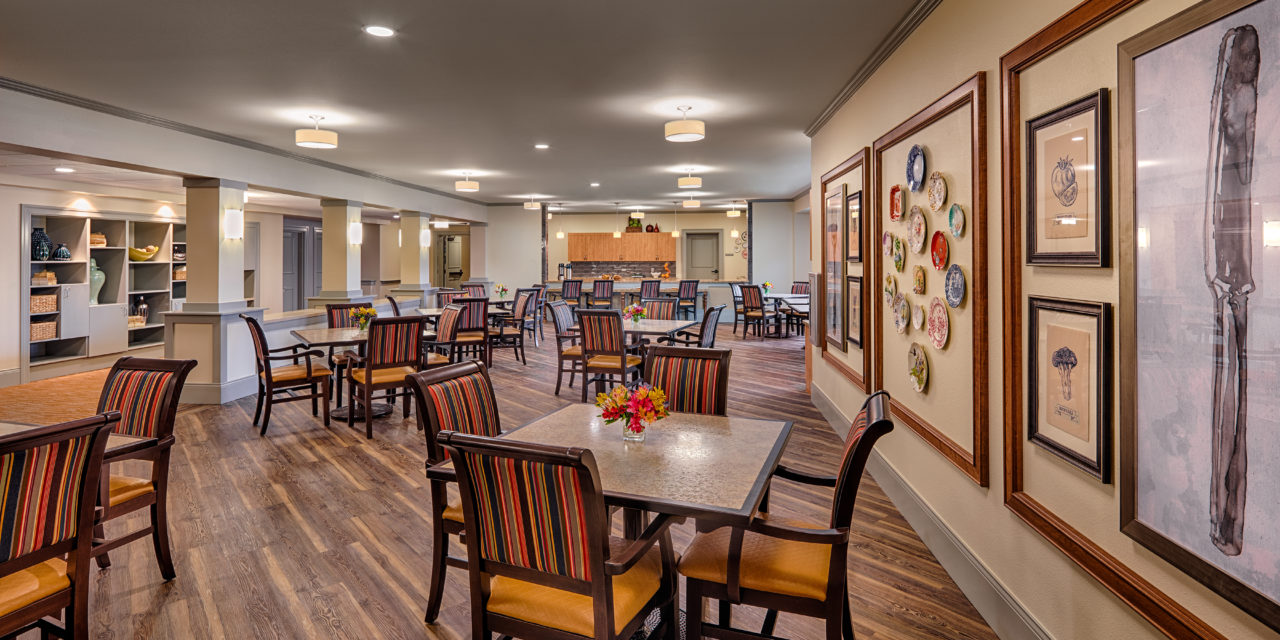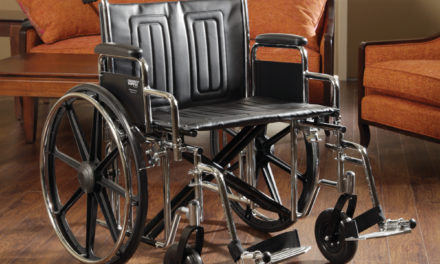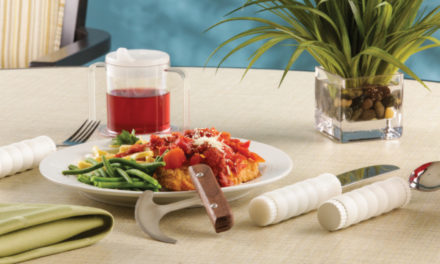Four Steps You Can Take to Enhance Your Residents’ Dining Experiences
We all know mealtimes in Senior Living communities are an opportunity to boost resident satisfaction and quality of life, but, for memory care residents, there are often additional concerns to address. It’s important for residents to stay focused and free from agitation long enough for residents to receive adequate nutrition while ensuring a positive dining experience.
We’ve identified four broad categories and some commonsense solutions to help improve the overall dining experience for residents with dementia.
1. Atmosphere: Soothe Anxiety
Create a dementia-friendly environment by using memory aids to remind residents about mealtimes. Try a clock with large numbers, an easy-to-read appointment calendar with large letters and numbers, or even a daily schedule or menu board.
Once inside the dining room, be consistent with furniture placement so memory care residents know what to expect. Then, throw on some classical or soothing music for a calming effect. It is equally important for memory care residents to avoid overstimulation caused by television, excessive noise or too many people.
A separate service time for memory care residents gives them a calmer, dementia-friendly dining room. When blended dining rooms are in operation, seat memory care residents facing away from other diners to help prevent distractions.
2. Tabletops: Keep it Simple
When caring for dementia patients, keep the table setting basic, and only offer the utensils they will need. That also means avoiding patterned plates and tablecloths as well as minimizing decorations and condiments on the table that might cause unnecessary distraction.
However, creating contrast is still an important part of dining. Many residents suffer from visual impairment so distinction between the food, the plate and tablecloth should be considered. For that, use brightly colored dinnerware, which will help residents identify where the food is on the plate. Red, yellow and blue plates are excellent choices – providing the necessary brightness and color contrast. We’ve seen that, “changing white plates for blue ones meant that people living with dementia can see the food they’re eating stand out – including chicken, mashed potatoes, porridge, white bread and other typically pale-colored favorite foods” according to research by the Dementia Center at the University of Stirling1. Similar studies showed parallel results for yellow2 and red plates. In fact, a Boston University study found that “older adults dining from red plates ate 25% more than those dining from white plates3.”
What memory care residents eat with can also improve their overall dining experience. Increase independence by substituting a bowl for a plate, a spoon for a fork, or choosing from assistive dinnerware, mugs and flatware that address some of the physical issues associated with aging. For example, large handles offer a more comfortable grip, weighted utensils keep things steady, coated utensils protect lips and teeth and two-handed mugs with lids help reduce spills.
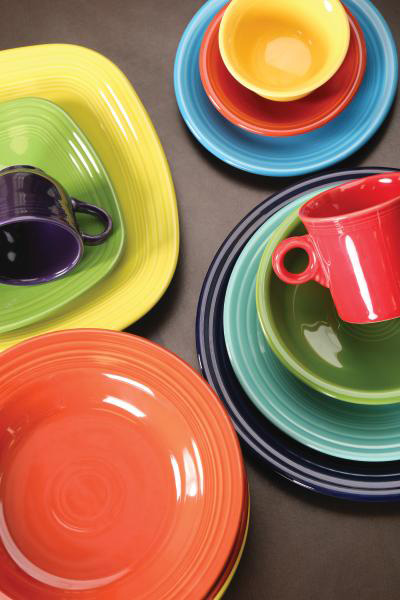
3. Menus & Mealtime: Strategy is Important
Residents with dementia are most alert and hungry in the morning, so either serve more food at breakfast or serve several breakfasts. But also be flexible with mealtimes and give plenty of time to eat without being rushed. The time between ordering and serving times should also be minimal – if the food takes too long to serve, residents may forget what they ordered or why they are in the dining room.
In general, a dementia food menu should consist of smaller meals of just one or two food choices at a time, rather than three large meals a day. Finger foods, like sandwiches, wraps and fresh fruit and vegetables, are ideal dementia friendly food and should be incorporated into your dining program. This gives residents who have lost strength, coordination or dexterity an opportunity to stay focused on eating instead of getting frustrated over the challenge of managing their flatware. You can even look for creative ways to transform familiar foods into finger foods.
Bring enticing aromas into the dining room, such as the smell of coffee brewing and fresh-baked cookies, soups or breads, to increase appetites. Additionally, staff can help residents with dementia catch onto the motion of eating by placing the fork or spoon in their hand and help guide the utensil to their mouth or even model the motion you would like them to emulate.
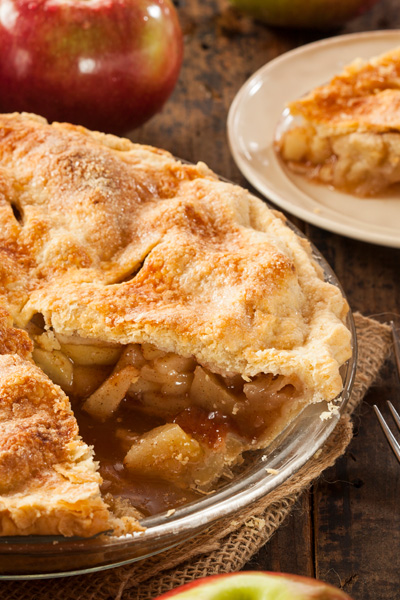
4. Socialization: Get Involved
Just like anyone, feeling involved and part of the conversation can make a big emotional impact on memory care residents. With that in mind, have staff greet residents and engage them in conversation before, during and after meals – even if residents are not able to respond verbally. When possible, sit and eat with residents and offer assistance throughout the meal. Just keep in mind that while staff may be joining the meal, their focus should remain on the residents.
For residents in the early stages of cognitive decline, family-style dining offers the chance to reminisce and socialize with each other, making dining a more engaging part of the day. When food will be eaten right away, use lightweight serving pieces to pass around (these dishes are often poorly suited to holding temperatures anyway).

While residents with Alzheimer’s, dementia or other memory care concerns may need extra attention, staff and caregivers can utilize several strategies to help improve their overall dining experience. You can rely on Direct Supply’s foodservice experts for decades of experience in providing guidance and everyday solutions to Senior Living.
Browse thousands of our Senior Living foodservice products designed for seniors’ unique needs by visiting us online – we’re sure to have exactly what you’re looking for. For additional solutions for memory care residents, contact us today.
